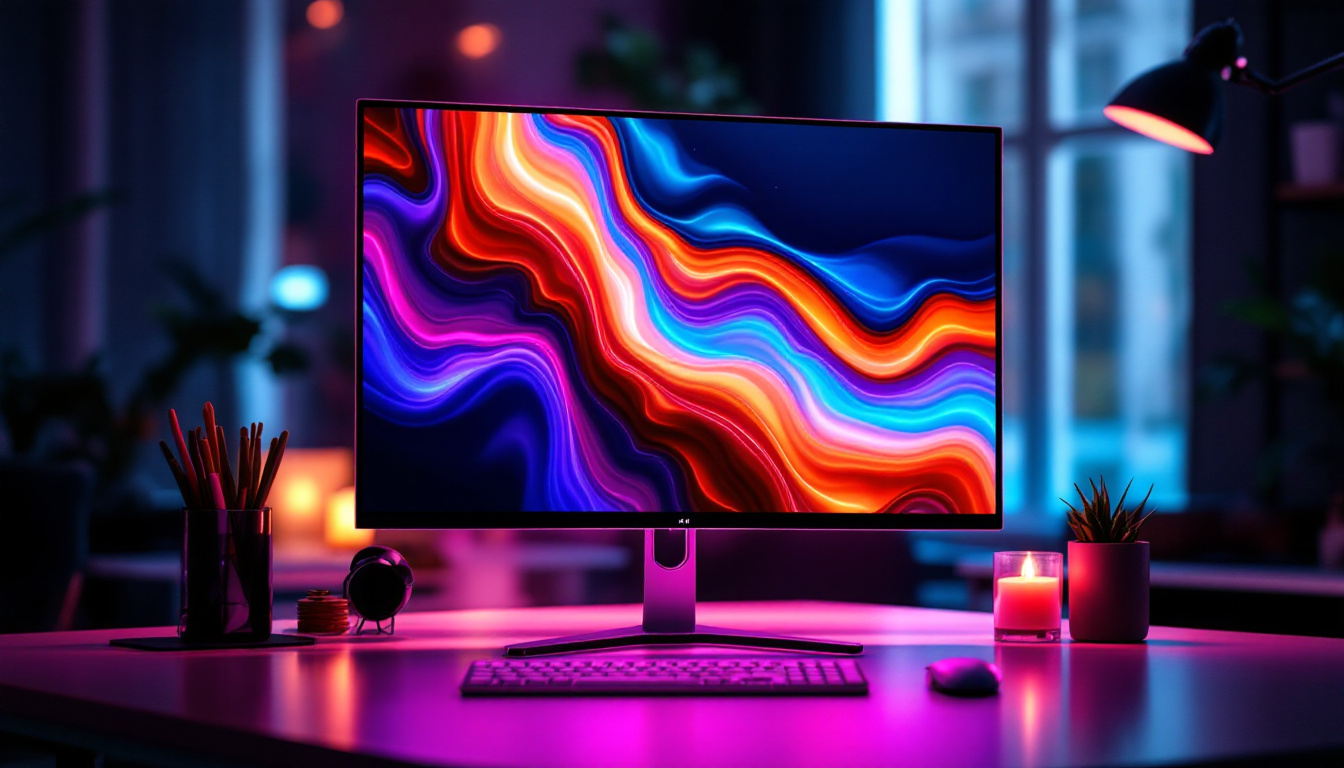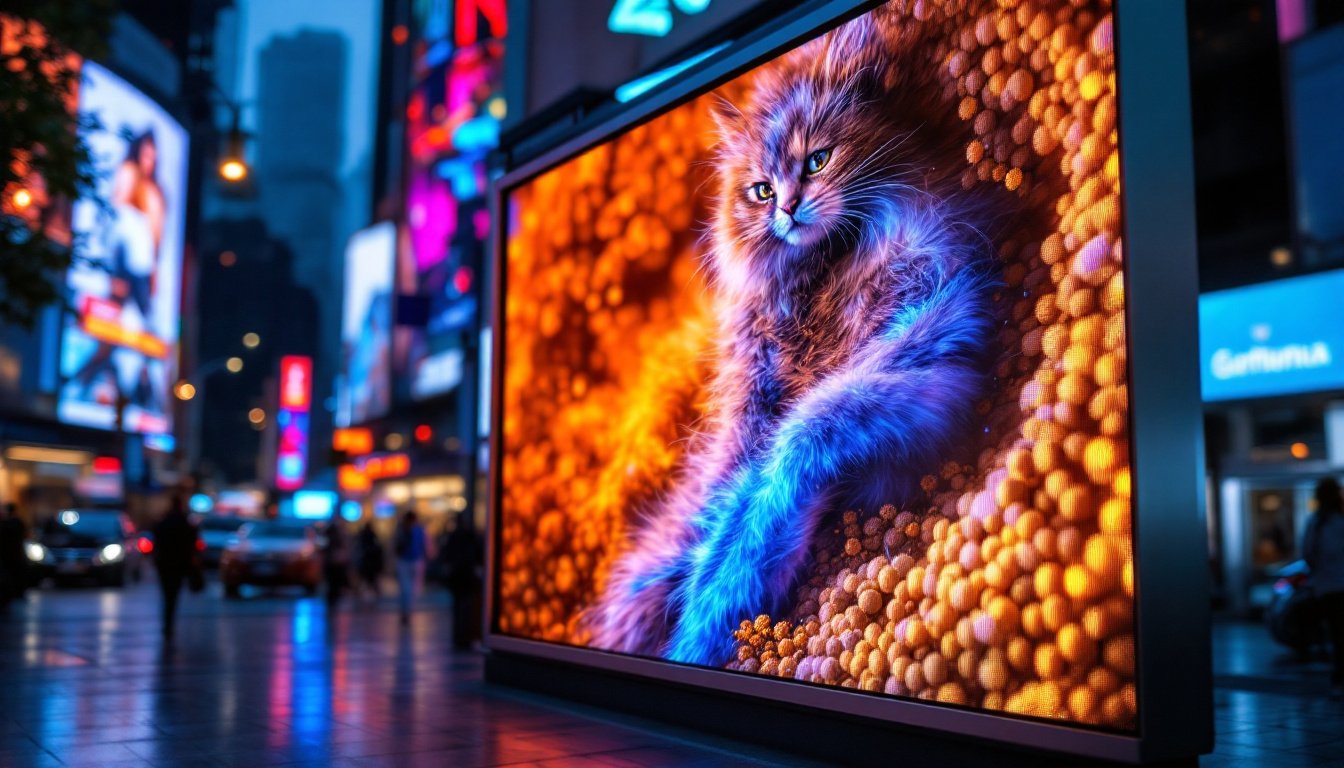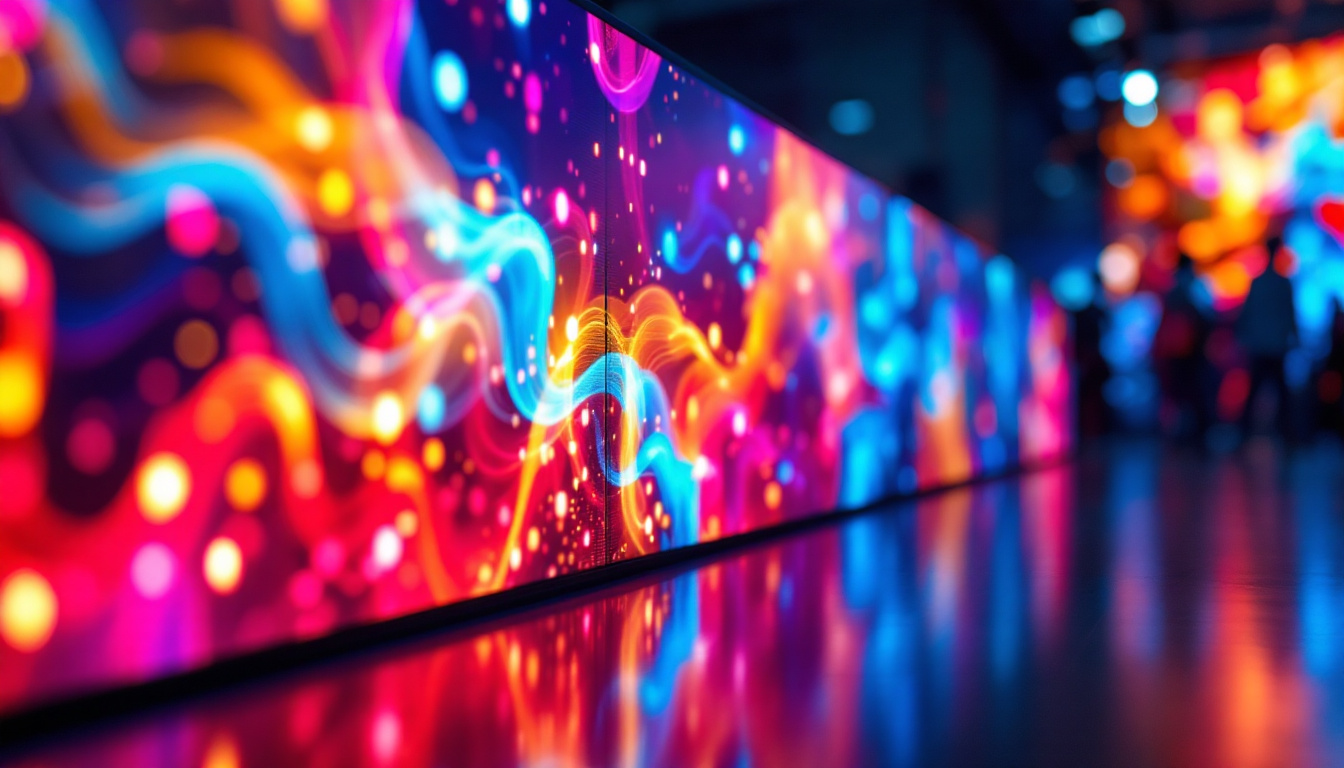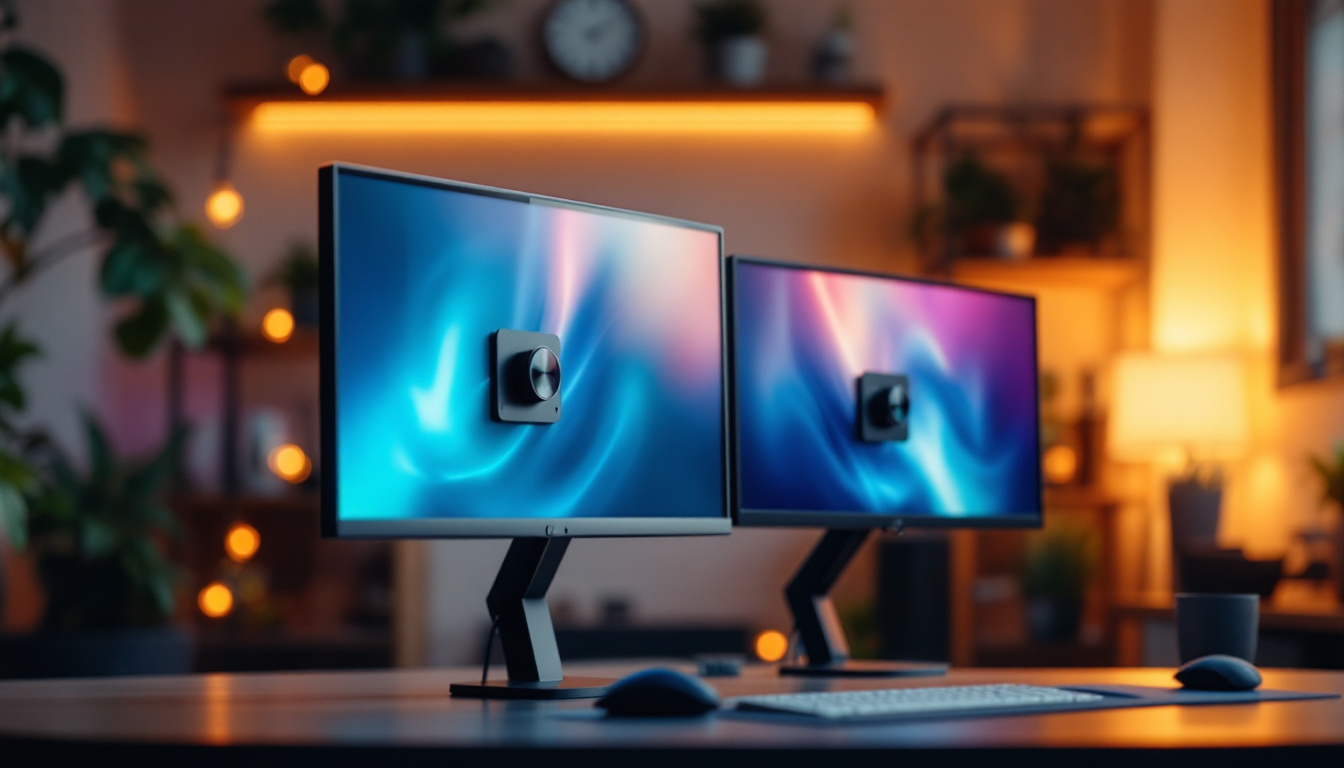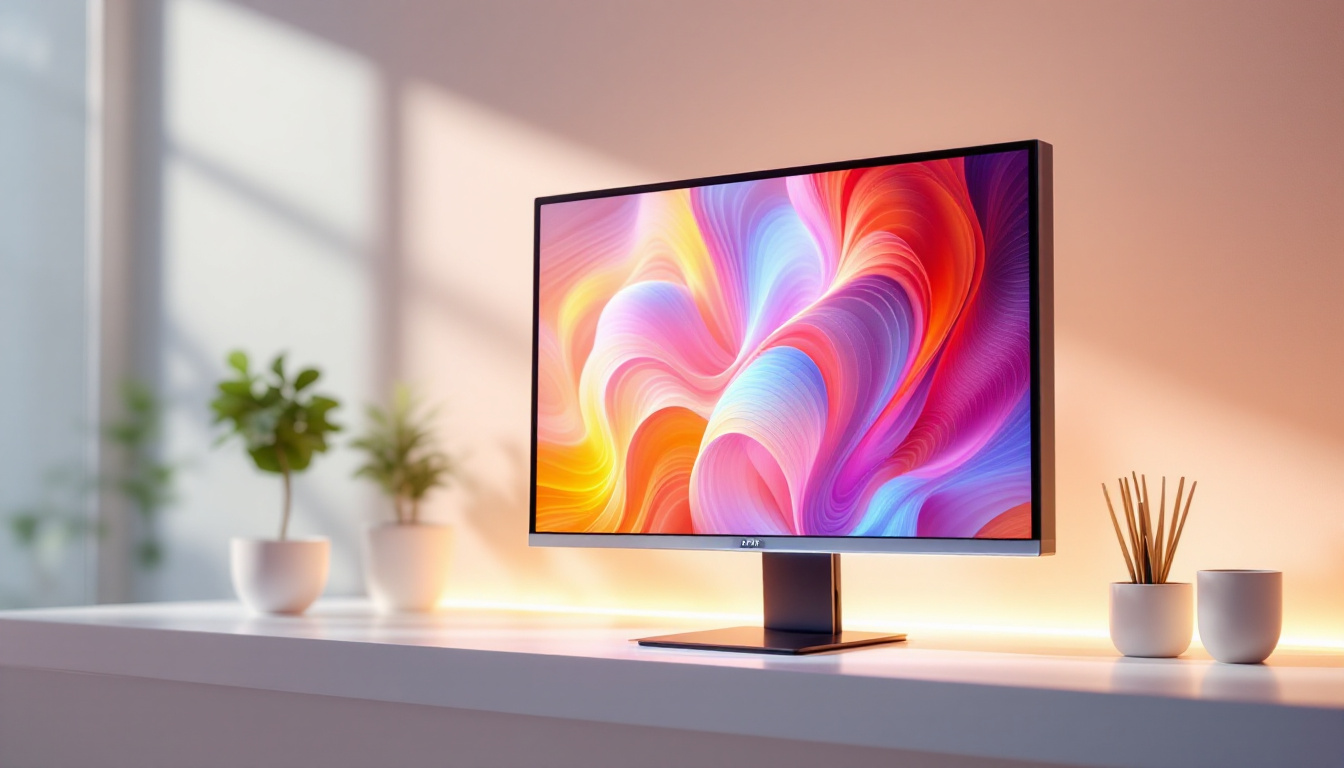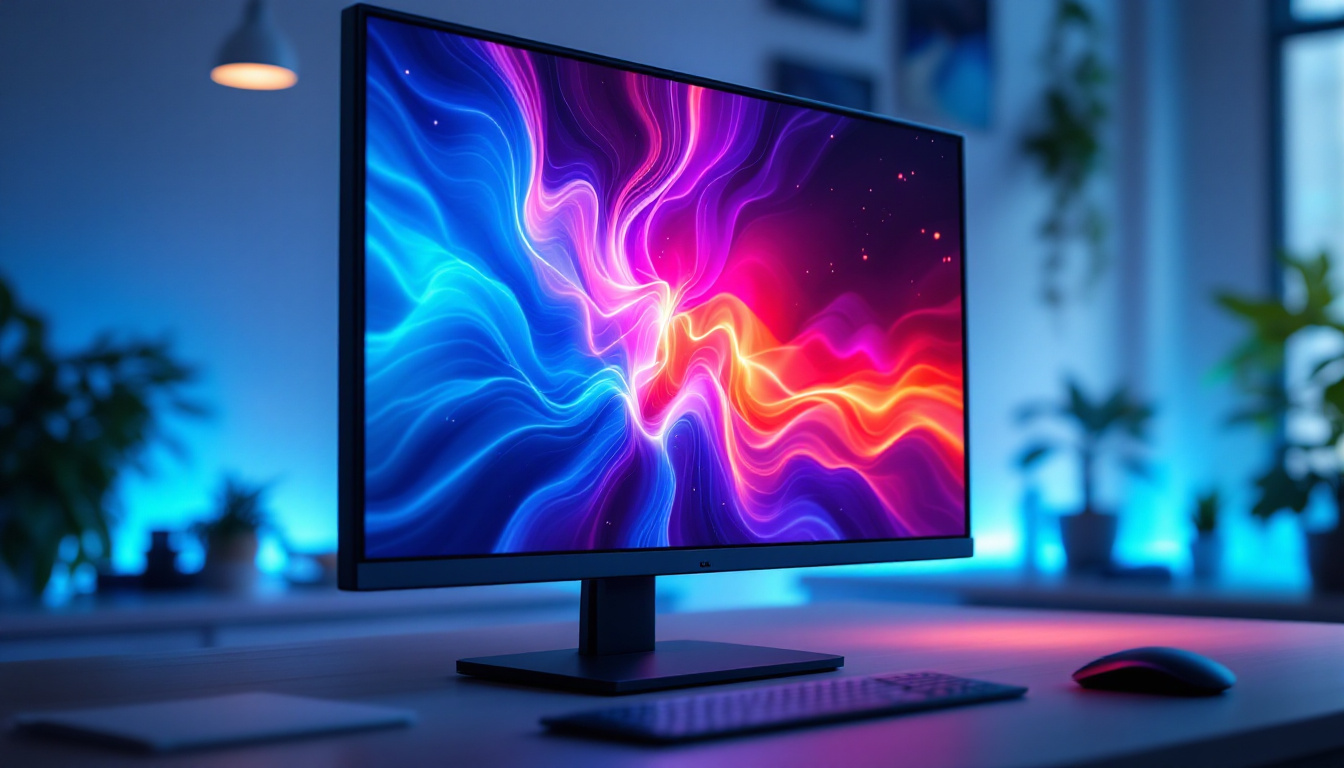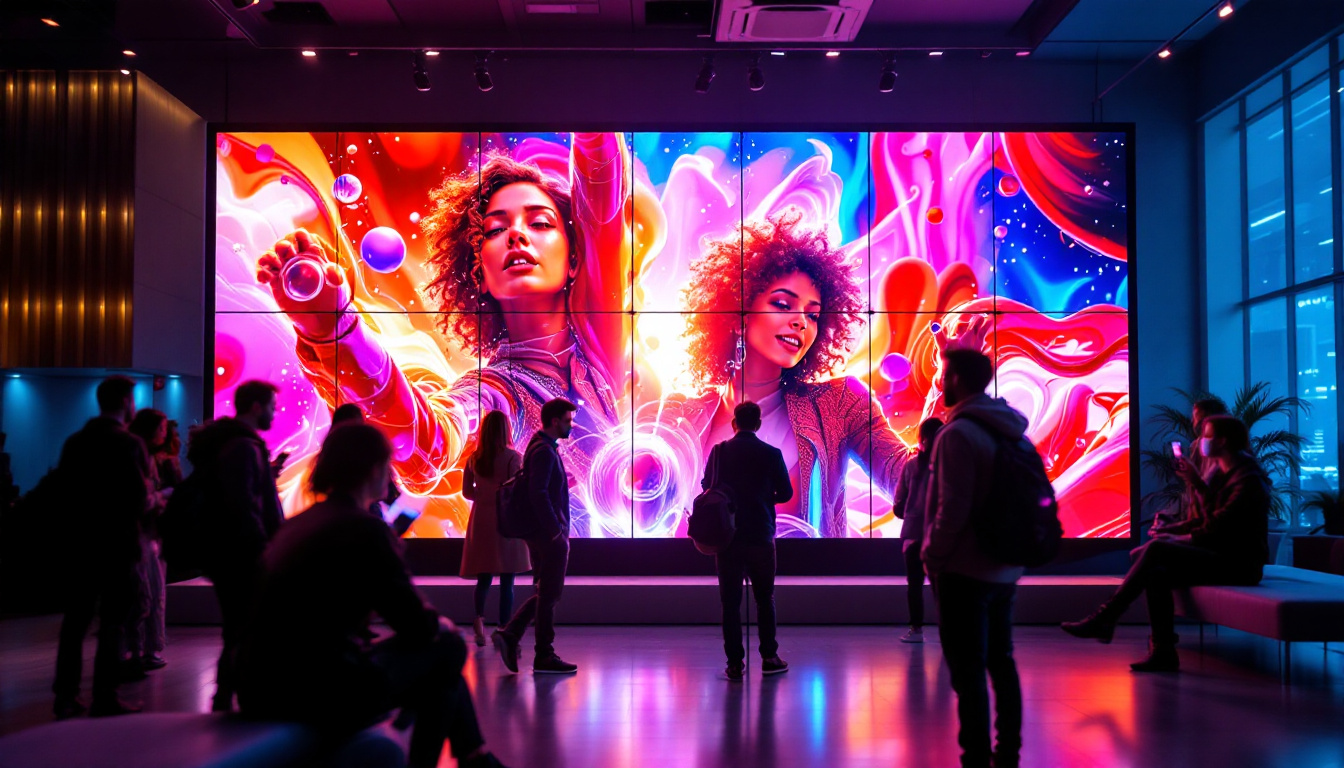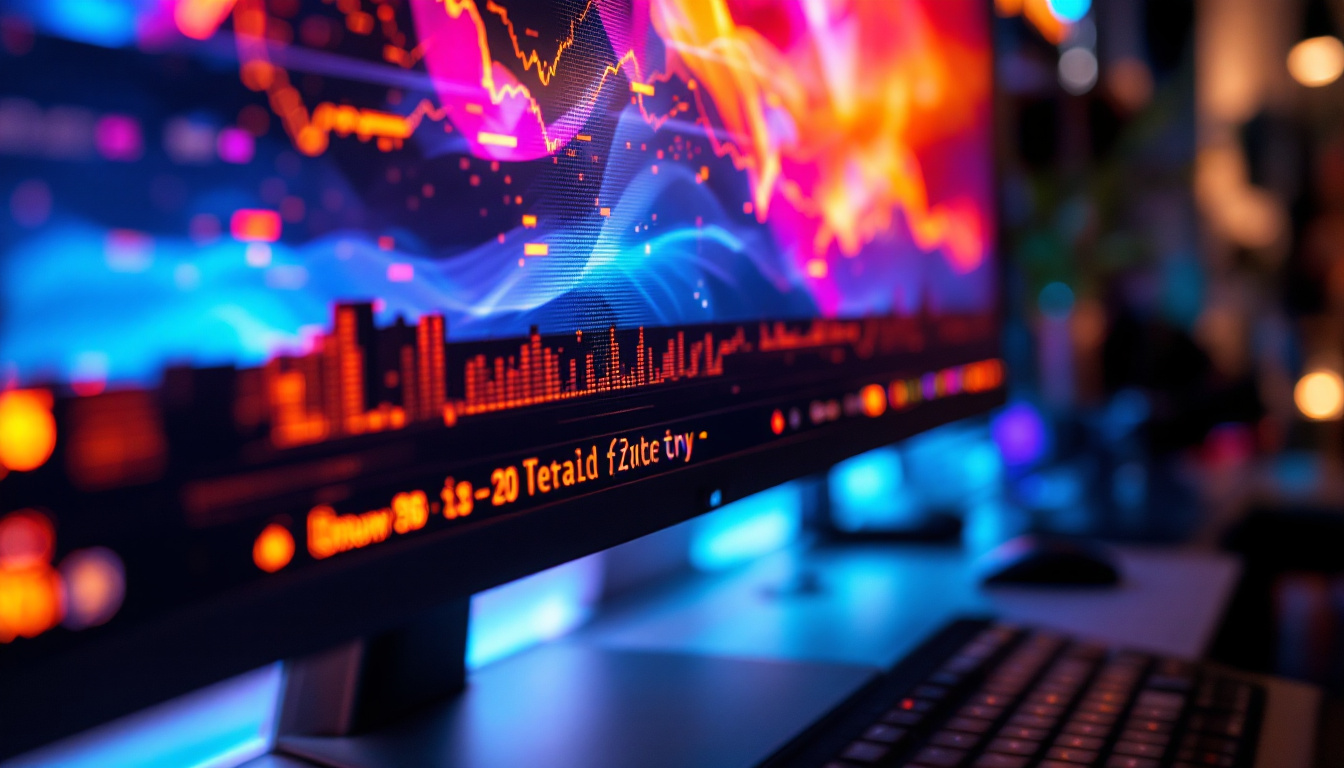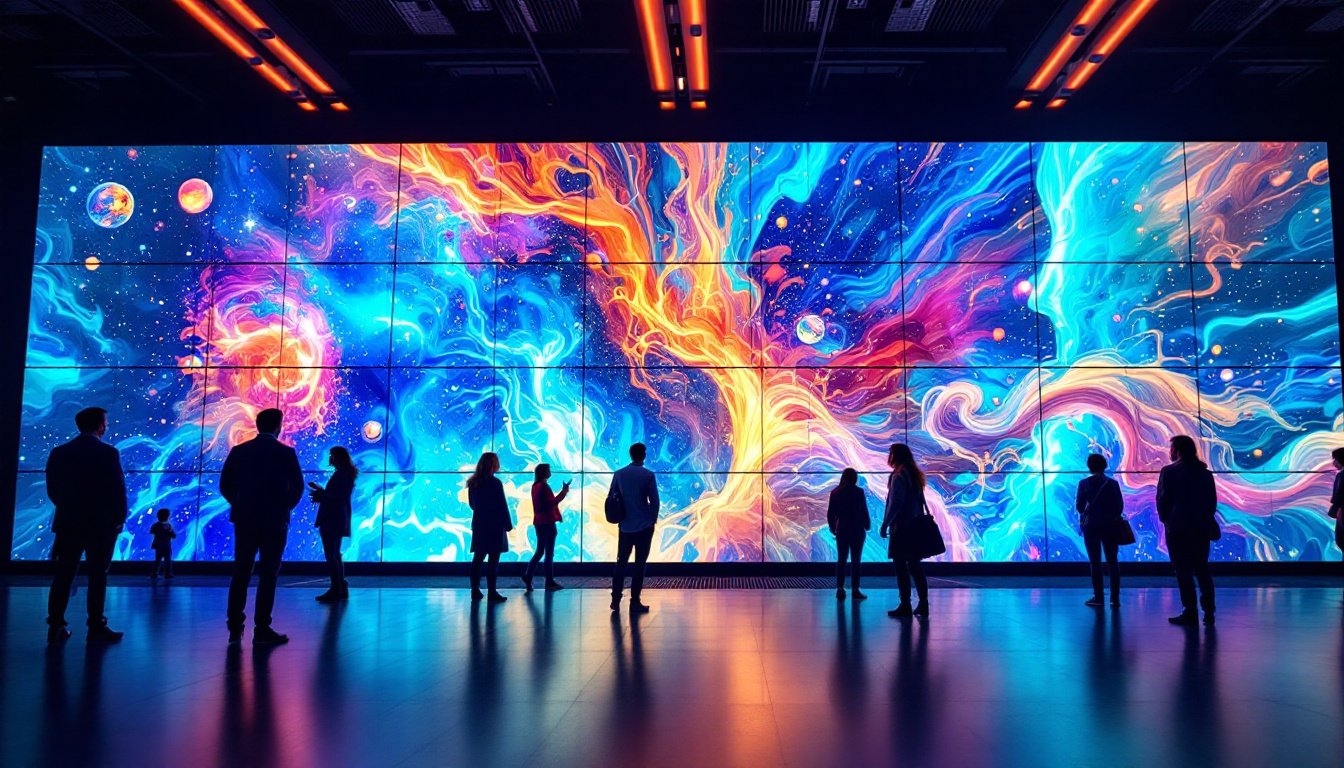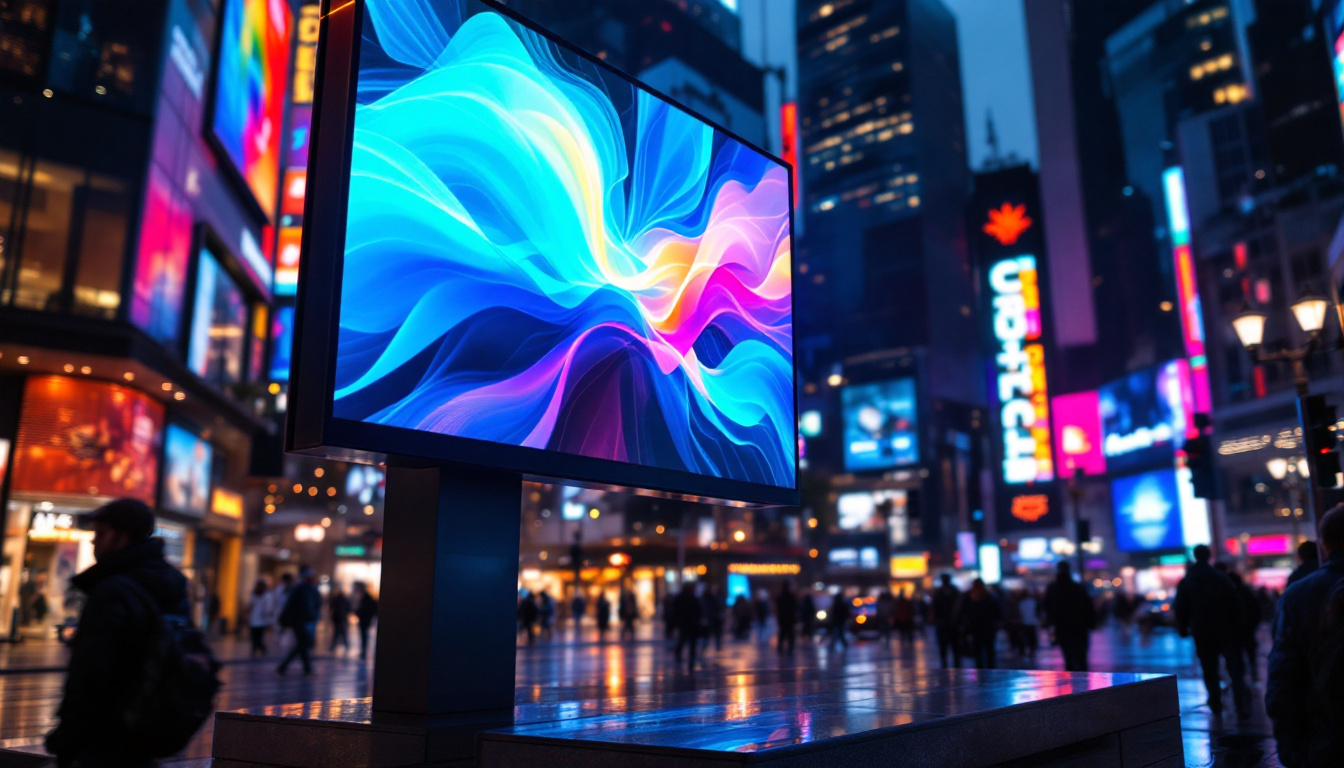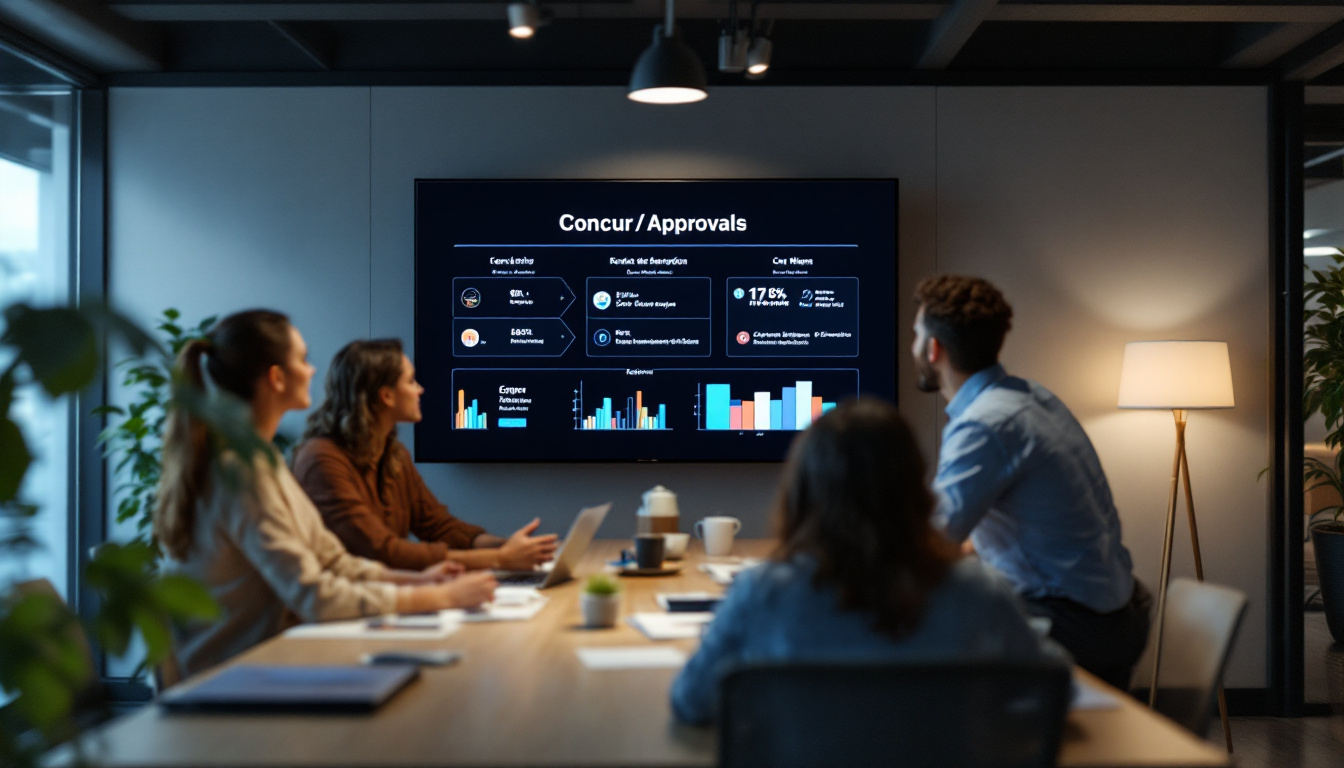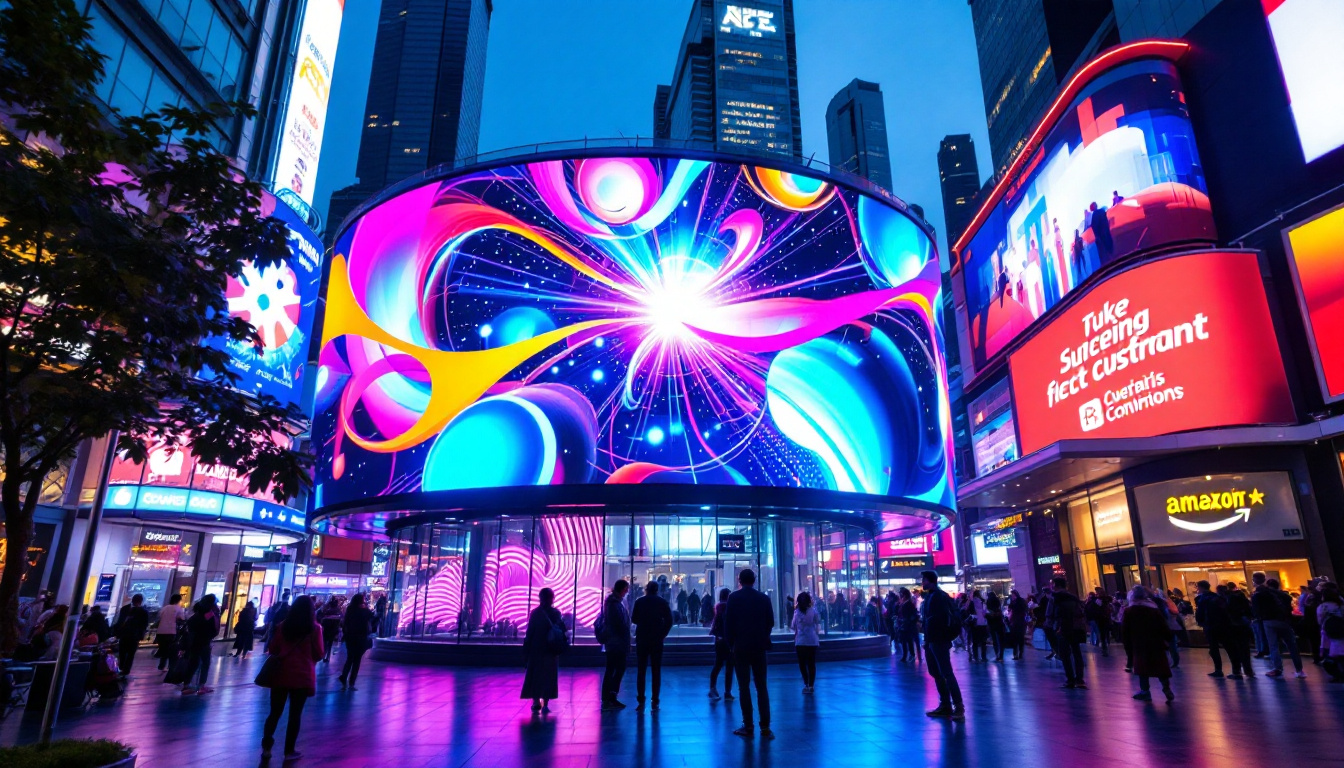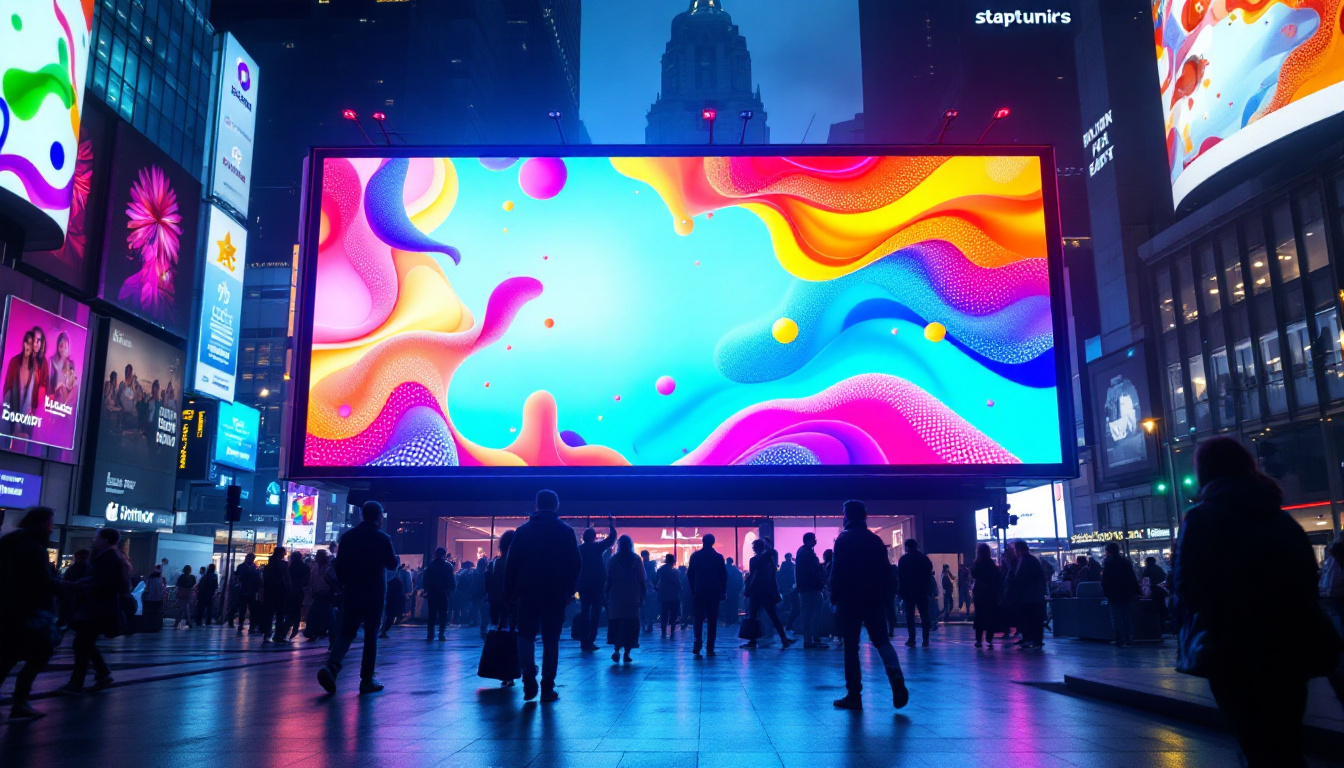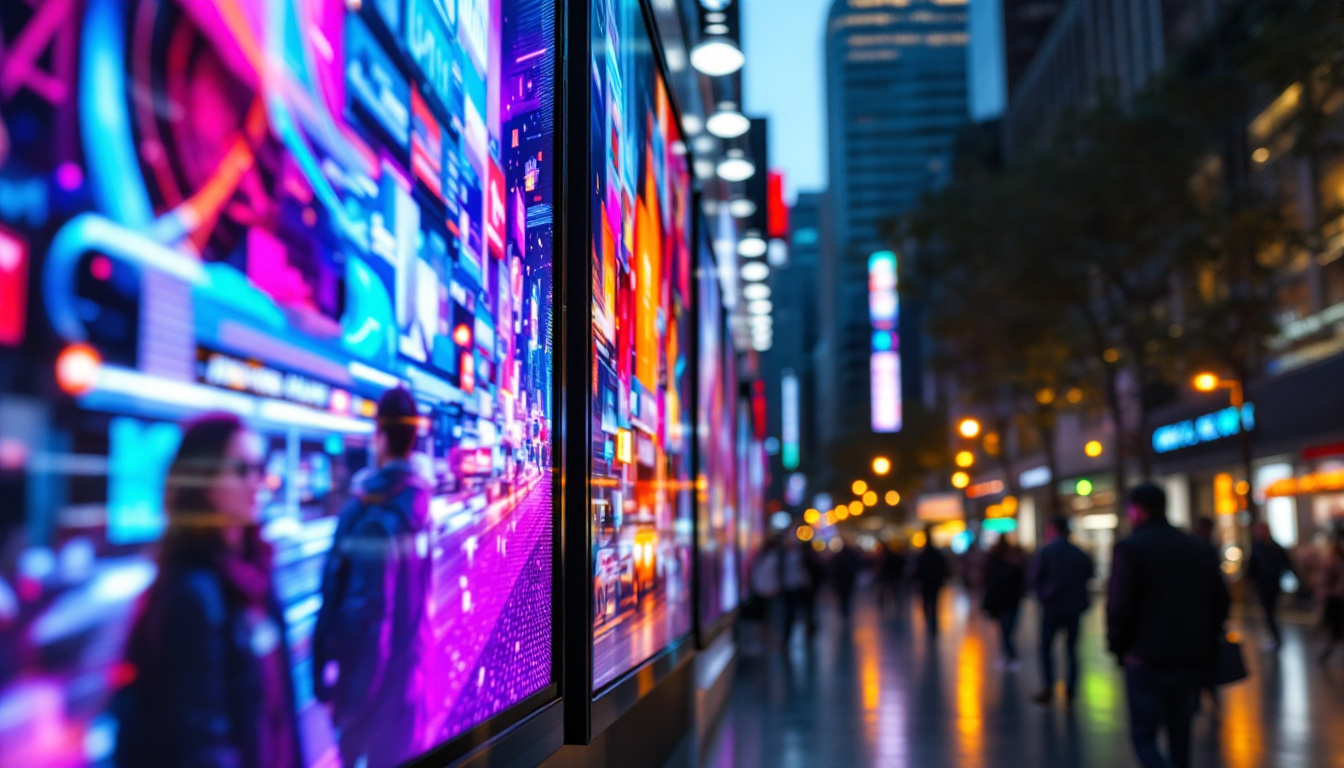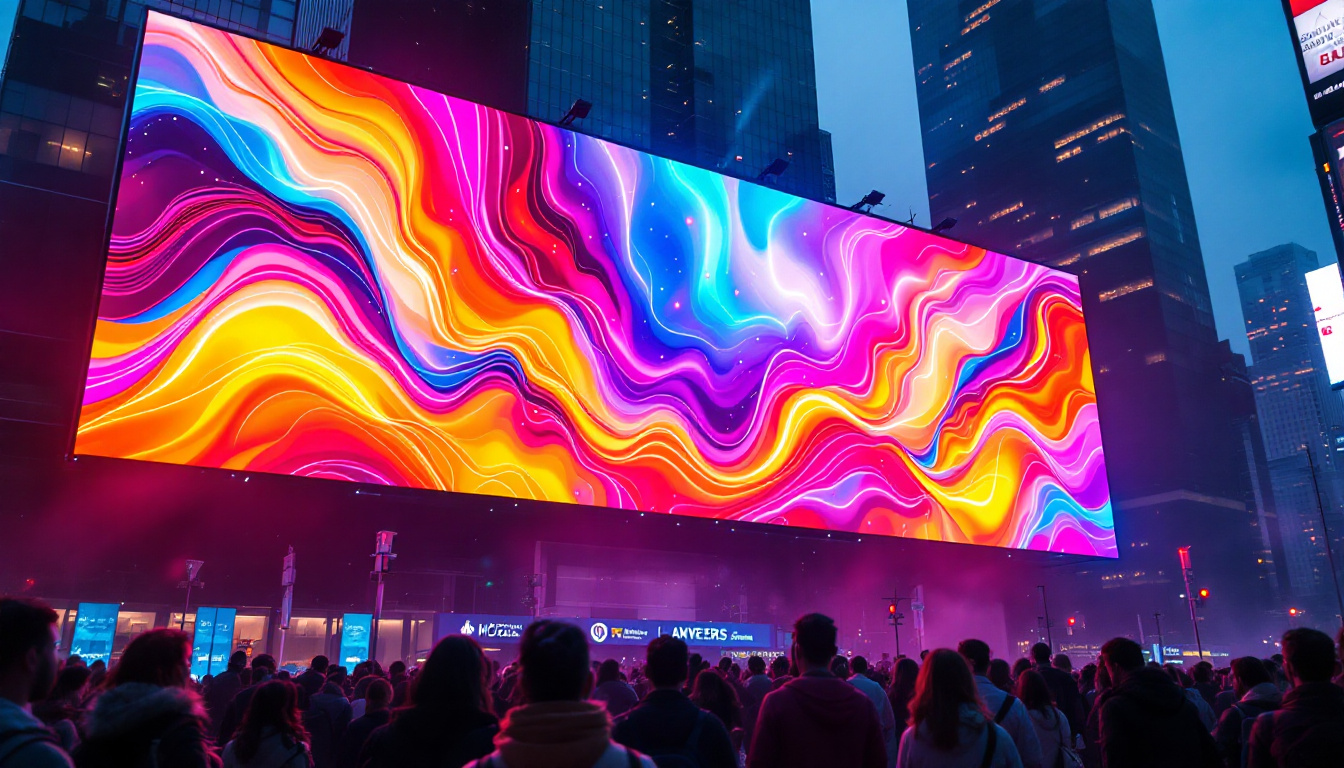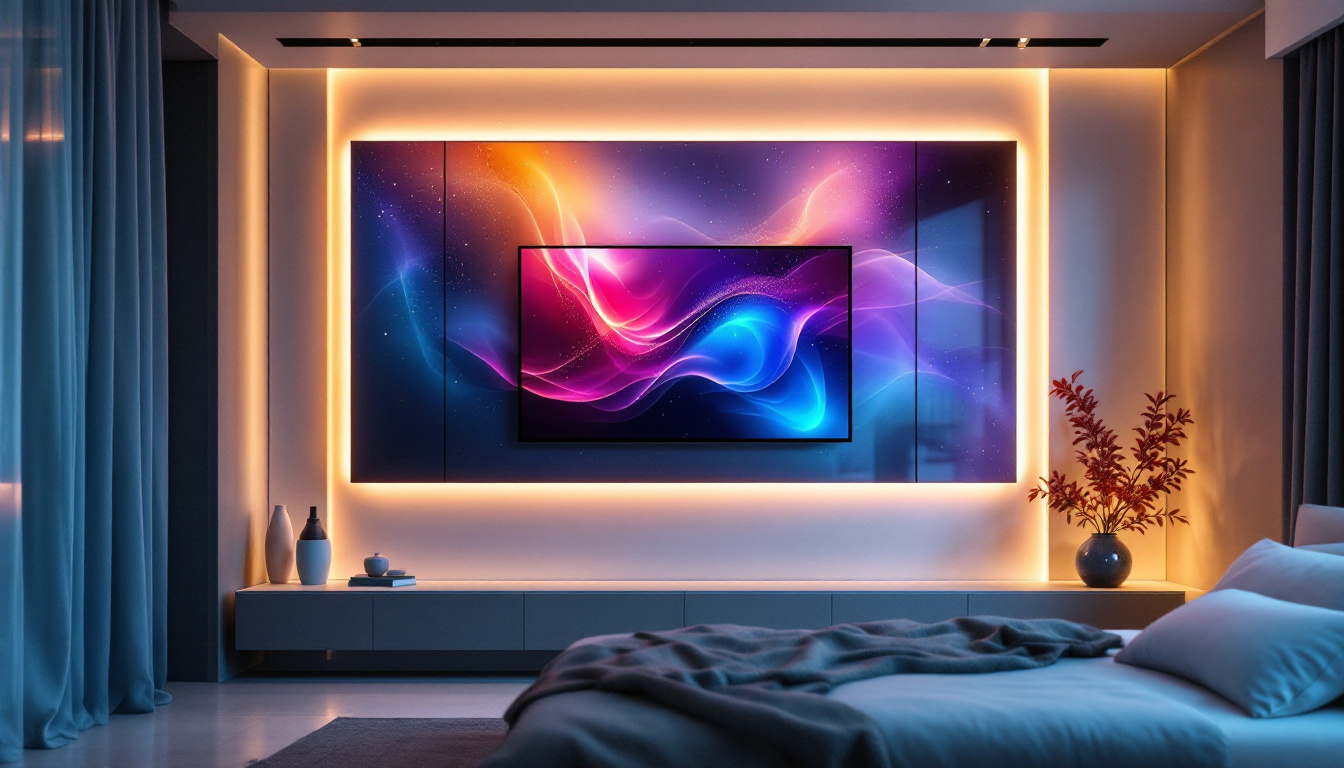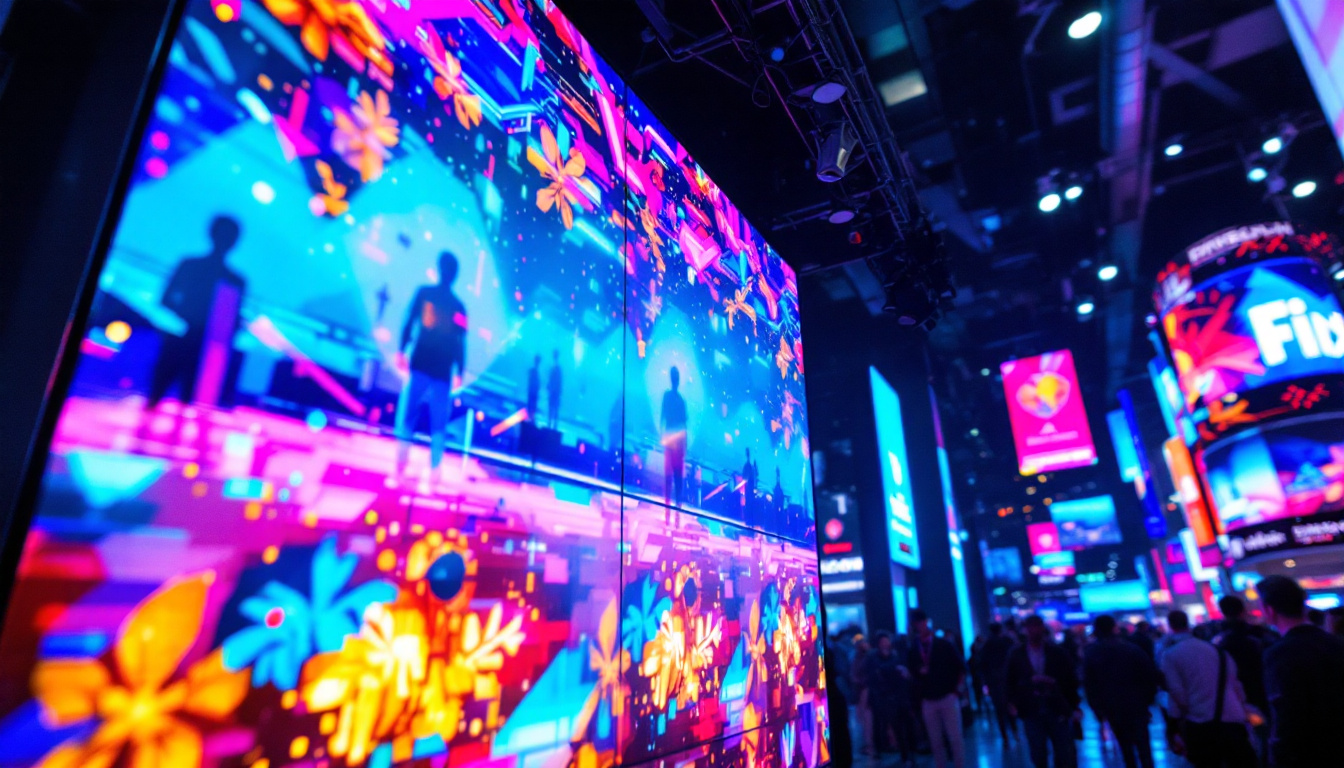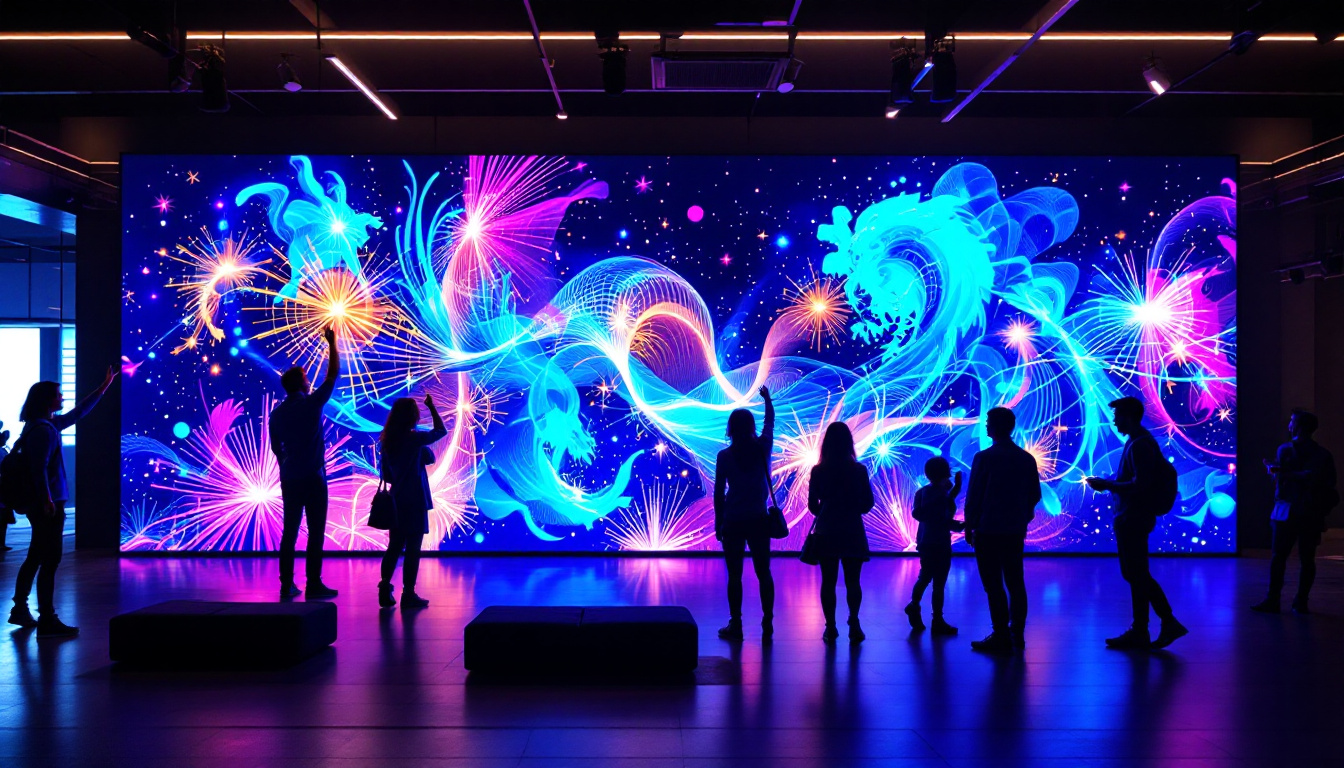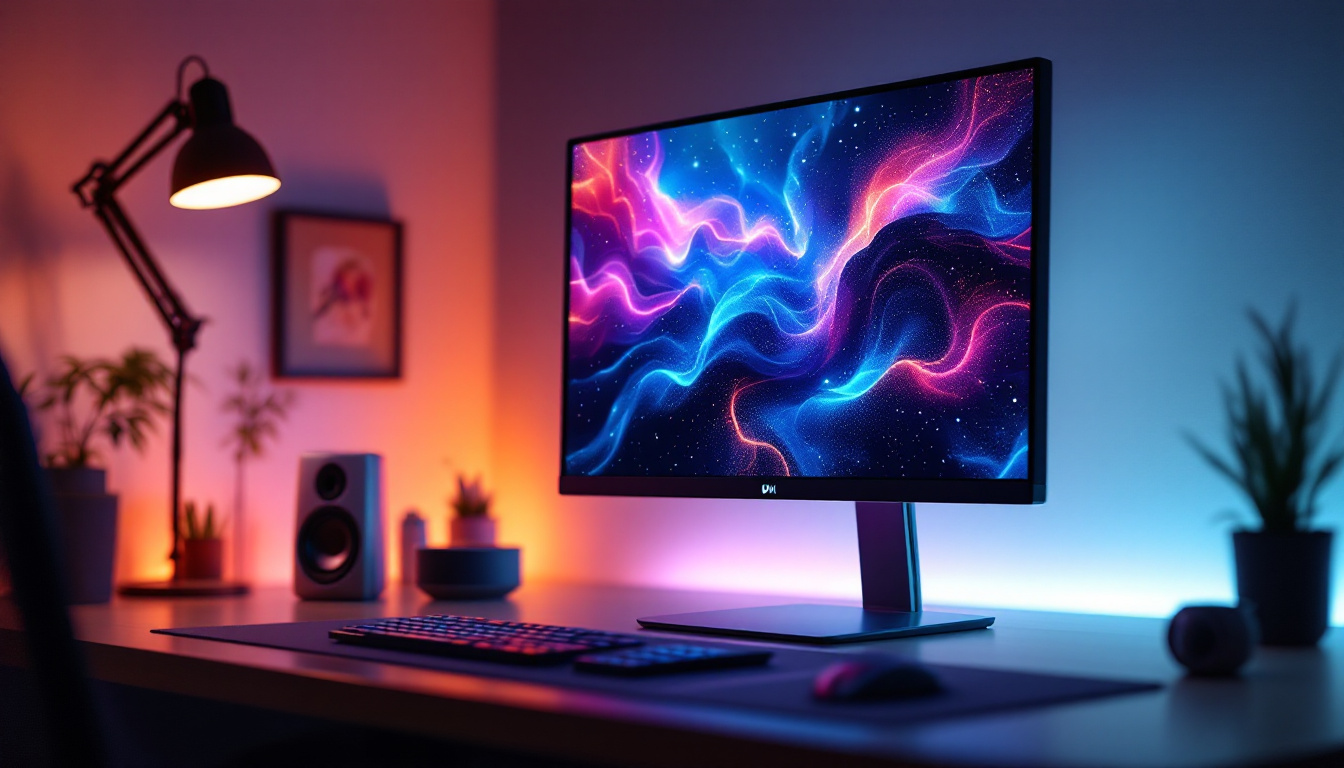In today’s digital age, the way we interact with screens has evolved significantly. Whether for gaming, work, or entertainment, the choice of display technology plays a crucial role in user experience. Among the various options available, LED displays have emerged as a popular choice for both televisions and computer monitors. This article delves into the intricacies of LED displays, their advantages, and how a suitable TV computer monitor stand can enhance your viewing experience.
Understanding LED Technology
Light Emitting Diodes (LEDs) are semiconductor devices that emit light when an electric current passes through them. This technology has transformed the way screens are designed and manufactured, offering a range of benefits over traditional display technologies such as LCD and CRT. The energy efficiency of LEDs is particularly noteworthy; they consume significantly less power than their predecessors, making them an environmentally friendly choice that also translates to lower electricity bills for consumers.
How LED Displays Work
LED displays utilize a grid of tiny light-emitting diodes to create images. These diodes can be arranged in various configurations, including edge-lit and full-array setups. In edge-lit displays, LEDs are positioned along the edges of the screen, while full-array displays feature a grid of LEDs behind the screen, allowing for more uniform brightness and improved contrast. This configuration not only enhances the viewing experience by providing sharper images but also contributes to a thinner design, making modern screens sleeker and more aesthetically pleasing.
The ability to control individual pixels in full-array LED displays results in deeper blacks and more vibrant colors, making them ideal for high-definition content. This technology is particularly advantageous for viewing in various lighting conditions, as it can adjust brightness levels dynamically. Furthermore, advancements in LED technology have led to the development of HDR (High Dynamic Range) capabilities, which allow for a broader range of colors and luminosity, bringing images to life with stunning realism.
Types of LED Displays
LED technology encompasses several types of displays, each designed for specific applications. The most common types include:
- Standard LED: These displays use traditional LED backlighting and are often found in budget televisions and monitors.
- OLED: Organic Light Emitting Diodes offer superior color accuracy and contrast by allowing each pixel to emit its own light. This self-emissive nature means that OLED displays can achieve true black levels, as pixels can be turned off completely.
- QLED: Quantum Dot LED displays enhance color reproduction and brightness, making them a popular choice for high-end TVs. By utilizing quantum dots, these displays can produce a wider color gamut and improved energy efficiency compared to standard LED displays.
Understanding these variations helps consumers make informed decisions based on their viewing preferences and budget. Additionally, the choice of display technology can significantly impact the overall viewing experience, especially for gamers and movie enthusiasts who prioritize color accuracy and response times. As technology continues to evolve, new innovations such as Mini-LED and MicroLED are emerging, promising even greater advancements in display quality and performance, further expanding the options available to consumers.
Advantages of LED Displays
LED displays have gained popularity for a multitude of reasons. Their benefits extend beyond mere aesthetics, impacting performance and usability in significant ways.
Energy Efficiency
One of the most notable advantages of LED technology is its energy efficiency. Compared to traditional LCD and CRT displays, LED screens consume significantly less power. This not only reduces electricity bills but also contributes to a smaller carbon footprint, making them an environmentally friendly choice. Moreover, many LED displays come with advanced features such as automatic brightness adjustment, which further optimizes energy consumption based on ambient light conditions. This smart technology not only enhances energy savings but also prolongs the lifespan of the display.
Image Quality
LED displays are renowned for their superior image quality. The ability to produce brighter images with higher contrast ratios enhances the viewing experience, particularly in dark environments. Colors appear more vibrant, and details are sharper, making LED displays ideal for watching movies, playing video games, or working on graphic-intensive tasks. Additionally, the wide viewing angles offered by LED technology ensure that images remain consistent and true-to-life, regardless of the viewer’s position. This characteristic is particularly beneficial in settings like conference rooms or home theaters, where multiple viewers may be seated at different angles.
Longevity and Durability
LED displays are designed to last longer than their predecessors. With a lifespan that often exceeds 50,000 hours, they provide a reliable solution for users who demand consistent performance over time. Additionally, the robust construction of LED screens makes them less susceptible to damage from impacts, ensuring they can withstand the rigors of everyday use. This durability is complemented by features such as weather resistance in outdoor LED displays, which are engineered to function optimally in various environmental conditions. As a result, businesses can invest in LED technology with confidence, knowing that their displays will endure and maintain high performance in both indoor and outdoor settings.
Choosing the Right TV Computer Monitor Stand
The choice of a TV computer monitor stand is crucial for optimizing the viewing experience. A well-designed stand not only supports the display but also enhances ergonomics and aesthetics in the workspace or entertainment area.
Height Adjustability
One of the primary features to consider in a monitor stand is height adjustability. An adjustable stand allows users to position the display at eye level, reducing strain on the neck and back during prolonged use. This is particularly important for individuals who spend long hours at their desks or enjoy binge-watching their favorite shows. Additionally, many adjustable stands offer a range of height settings, catering to various user preferences and promoting better posture. This feature is especially beneficial for multi-user environments, where different individuals may require different viewing heights.
Stability and Weight Capacity
Stability is another critical factor. A sturdy stand should be able to support the weight of the monitor or TV securely. It is advisable to check the weight capacity of the stand to ensure it can accommodate the specific model being used. A stable stand minimizes the risk of tipping or wobbling, providing peace of mind during use. Furthermore, some stands come equipped with anti-slip pads or additional support structures that enhance stability, making them suitable for both flat surfaces and uneven flooring. This added security is particularly important in households with children or pets, where accidental bumps can occur.
Design and Aesthetics
The design of the stand can significantly impact the overall look of the space. Modern stands come in various styles, materials, and finishes, allowing users to choose one that complements their decor. Whether opting for a sleek, minimalist design or a more traditional wooden stand, aesthetics play a vital role in creating an inviting environment. Beyond mere appearance, some stands also incorporate cable management solutions, helping to keep wires organized and out of sight. This not only enhances the visual appeal but also contributes to a tidier workspace, reducing distractions and promoting focus. Additionally, customizable options, such as interchangeable panels or color choices, allow users to personalize their stands, ensuring they fit seamlessly into their unique settings.
Setting Up Your LED Display
Once the right monitor stand has been selected, the next step is setting up the LED display. Proper installation ensures optimal performance and longevity of the device.
Positioning the Display
When positioning the LED display, consider the viewing distance and angle. The screen should be placed at a distance that allows for comfortable viewing without straining the eyes. Ideally, the top of the screen should be at or slightly below eye level, promoting a natural posture.
Connecting Devices
Connecting the display to other devices is straightforward, thanks to the variety of ports available on modern LED displays. HDMI, DisplayPort, and USB-C are common connection types that facilitate seamless integration with computers, gaming consoles, and streaming devices. Ensure that all cables are securely connected to avoid any interruptions during use.
Calibrating the Display
After setting up, calibrating the display is essential for achieving the best image quality. Most LED displays come with built-in settings that allow users to adjust brightness, contrast, and color temperature. Utilizing calibration tools or software can further enhance the accuracy of the display, providing a more immersive viewing experience.
Maintaining Your LED Display
Proper maintenance of an LED display can extend its lifespan and ensure optimal performance. Regular care is essential to keep the screen in top condition.
Cleaning the Screen
Dust and fingerprints can accumulate on the screen, affecting image quality. To clean the display, use a microfiber cloth and a gentle cleaning solution specifically designed for electronics. Avoid using harsh chemicals or abrasive materials, as these can damage the screen.
Software Updates
For smart LED displays, keeping the software updated is crucial. Manufacturers often release updates that enhance performance, add new features, and improve security. Regularly checking for updates ensures that the display operates smoothly and efficiently.
Proper Usage Habits
Adopting proper usage habits can significantly impact the longevity of an LED display. Avoid leaving static images on the screen for extended periods, as this can lead to burn-in issues. Additionally, turning off the display when not in use helps conserve energy and reduces wear on the components.
Conclusion
LED displays have revolutionized the way users interact with screens, offering superior image quality, energy efficiency, and durability. Coupled with the right TV computer monitor stand, they provide an optimal viewing experience that caters to both entertainment and productivity needs. Understanding the technology behind LED displays, their advantages, and how to maintain them ensures that users can enjoy their devices for years to come.
As technology continues to advance, staying informed about the latest developments in display technology will empower consumers to make educated choices that enhance their viewing experiences. Whether for work or leisure, investing in a quality LED display and a suitable stand is a decision that pays dividends in comfort and performance.
Discover the Future of Visual Experience with LumenMatrix
Ready to elevate your viewing experience with cutting-edge LED display technology? LumenMatrix invites you to explore a world where vivid colors, dynamic content, and unmatched energy efficiency come together to create truly immersive visual experiences. From the comfort of your home to the vibrancy of outdoor advertising, our extensive range of LED display solutions, including Indoor and Outdoor LED Wall Displays, Vehicle LED Displays, and more, are designed to captivate and engage. Experience the revolution in visual communication and make a lasting impression. Check out LumenMatrix LED Display Solutions today and see your world in a new light.

